MOTIVATION FROM ECONOMIC DEVELOPMENT
Tan Phuoc district was established in 1994, the economy mainly relies on traditional agriculture, the total production value of the whole district only reaches a few tens of billions of VND. But after 31 years of development, Tan Phuoc district has had strong development, changing the face of the whole district.
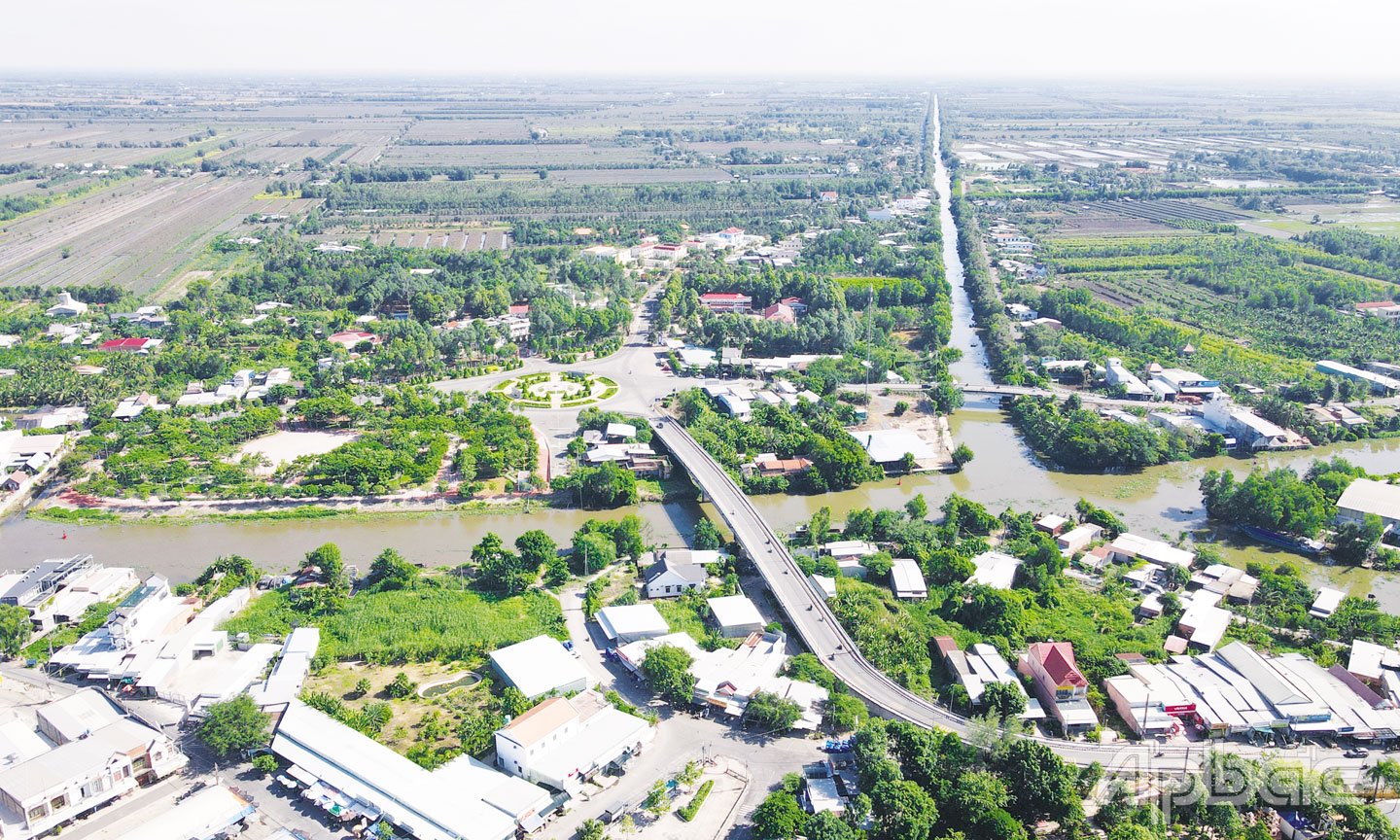 |
| Tan Phuoc district has transformed comprehensively after 31 years of establishment and development. |
Specifically, in the 2020 - 2025 term, the economic structure of Tan Phuoc district has shifted in a positive direction, gradually reducing the proportion of agriculture and gradually increasing the proportion of industry - construction - trade - services.
The proportion of agriculture, forestry and fishery decreased (from 54.2% to about 47.8%); industry - construction increased (from 19.3% to 23.6%); the remaining trade - service sector increased (from 26.5% to 28.6%). This shift is consistent with the general development trend, contributing to improving the efficiency of resource and labor use, promoting the industrialization and modernization process in the district.
During the term, the trade, service and industry sectors in Tan Phuoc district have made remarkable progress, playing an important role in the process of economic restructuring. The total circulation of goods and revenue from social consumer services in the district reached about 7,225 billion VND, contributing to promoting consumption and economic growth.
The traditional market system was invested and upgraded with a budget of 19.5 billion VND; at the same time, the district also issued new business registration certificates to about 2,500 business households, creating conditions for the development of the local private economy.
In the industrial sector, the district currently has 323 operating enterprises, including 58 enterprises in Long Giang Industrial Park (IP), with about 24,000 employees. The district is also focusing on completing the infrastructure of Tan Phuoc 1 IP, My Phuoc Industrial Cluster and other IPs, contributing to creating more jobs and attracting investment. These IPs not only contribute greatly to the state budget but also create conditions for the development of supporting industries and related services.
To achieve the above results, the district has promoted administrative reform, improved the investment environment, supported small and medium enterprises to access capital and production premises; at the same time, developed synchronous infrastructure associated with industrial zones and clusters. Investment incentives, technology transfer support, labor training and trade promotion policies have also been effectively implemented, aiming to build a sustainable and modern industrial - service development associated with urban development and high-tech agriculture .
Under the effective leadership of the Party Committee, Tan Phuoc district's economy continues to maintain a stable growth rate. The structure of production value has shifted in the right direction, creating favorable conditions for sustainable development. Key economic programs have been implemented synchronously, contributing to promoting production, expanding markets and attracting investment. In particular, the total social development investment capital reached 22,065 billion VND, 1.5 times higher than the previous term.
Per capita income also made significant progress, estimated at 65.5 million VND/year at the end of the term, an increase of nearly 20 million VND compared to the 2015-2020 term. This is a big leap, demonstrating a strong change in the economic development orientation of the district. This reflects development not only in quantity but also in quality, helping to improve the material and spiritual life of the people.
INFRASTRUCTURE IS INCREASINGLY IMPROVED
If when the district was newly established in 1994, the technical infrastructure system of Tan Phuoc district was almost insignificant, the roads were mainly dirt roads, temporary bridges and lacked electricity, then at present, the infrastructure appearance has changed completely through the work of building new rural areas.
One of the outstanding achievements of the 2020 - 2025 term is the strong improvement in socio-economic infrastructure. The transportation system has been strongly invested in and upgraded, contributing to improving connectivity between localities.
In the coming period, Tan Phuoc District Party Committee determined to continue promoting internal resources, effectively exploiting land potential and geographical location to develop the economy in a sustainable and modern direction. The district will promote investment attraction in industrial parks and clusters; develop high-tech agriculture associated with product branding; expand services and trade, creating new growth momentum. Along with that, the district focuses on improving the quality of education, health care, comprehensively developing culture and society, ensuring social security and welfare for the people. The work of building the Party and the political system continues to be strengthened, aiming to build a streamlined, effective and efficient apparatus. |
During the 2020-2025 term, the district completed and put into use 202 bridge and road projects with a total investment of VND 566 billion, 35% higher than the previous term. In addition, the electricity system continues to be expanded, ensuring 100% of households have electricity.
During the term, the district invested more than 120 billion VND to upgrade the power grid, including 75 km of newly installed medium and low voltage lines, significantly improving the quality of electricity for daily life and production.
In the field of education and training, Tan Phuoc district has achieved many positive results. By the end of the term, the whole district had 35/42 schools meeting national standards, accounting for 83.3%, an increase of 15% compared to the previous term.
The quality of education is increasingly improved, demonstrated by the high school graduation rate of 98%, of which more than 70% of students continue to study at universities and colleges. Not only focusing on professional knowledge, schools in the area also effectively implement life skills education and career orientation programs for students, helping them to be confident and have a clear direction for the future. During the term, the district invested in building and upgrading 15 new schools, of which 5 schools met national standards, contributing to improving learning and teaching conditions.
Besides education, healthcare has also seen remarkable changes. The completion of the construction of the District Health Center with a total investment of 200 billion VND has significantly improved the quality of medical examination and treatment for the people.
In addition, 3 standard commune health stations were put into operation, creating favorable conditions for people to access quality health services near their place of residence. The rate of people participating in health insurance reached 92%, exceeding the provincial average. Primary health care was given attention, especially the expanded immunization programs and disease prevention and control were effectively implemented, contributing to improving community health.
Along with that, 5 commune-level cultural and sports centers were built and upgraded, becoming places for people to live and practice regularly. The sports movement developed strongly, with the rate of people participating in regular exercise reaching 38%, contributing to improving the physical and spiritual life of the people.
The poverty rate in the district has decreased to 2.8%, a sharp decrease compared to 5.1% in the previous term. The total number of poor households supported to escape poverty during the term is 1,250 households. In the process of implementing poverty reduction and income improvement programs, the district has coordinated with the Social Policy Bank to disburse more than 200 billion VND to over 4,500 poor households, creating conditions for economic development and stabilizing their lives.
In addition, the district focuses on vocational training and job creation. 85 vocational training courses have been organized, attracting more than 2,800 rural workers, of which 70% of students have found stable jobs after completing the course. This is an important step forward to help people improve their skills, increase employment opportunities and income.
CAO THANG
Source: https://baoapbac.vn/kinh-te/202506/huyen-tan-phuoc-vuon-minh-sau-31-nam-thanh-lap-va-phat-trien-1045193/










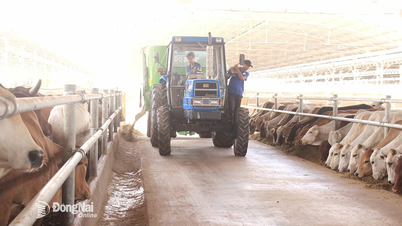





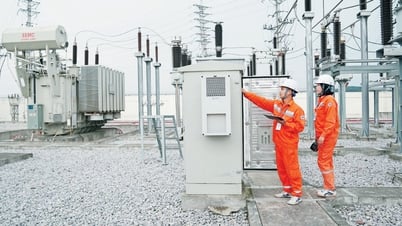

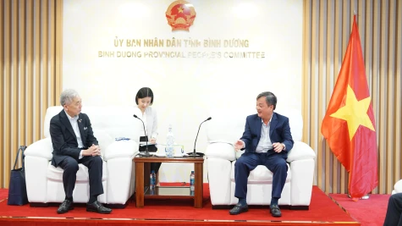





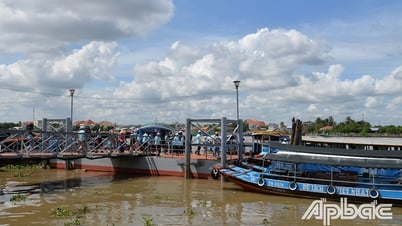
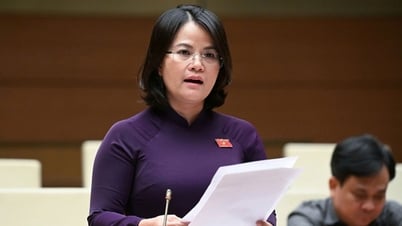
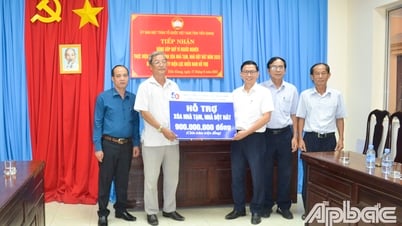
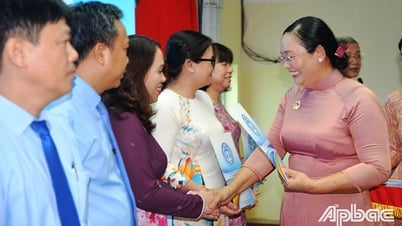
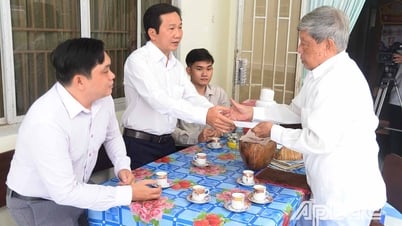
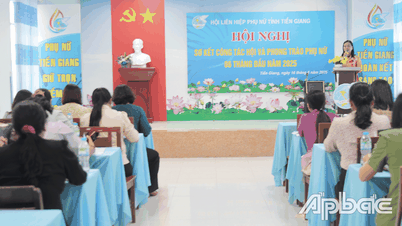



























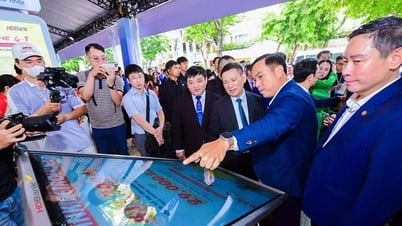

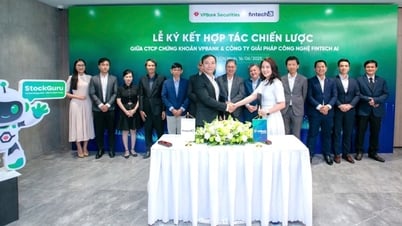







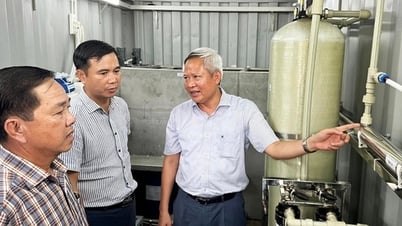




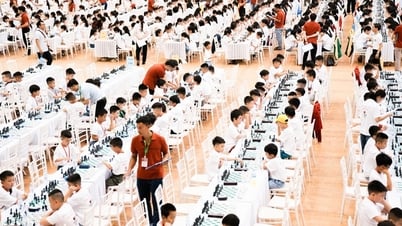




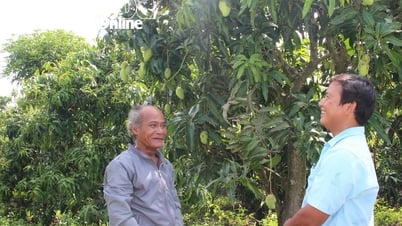

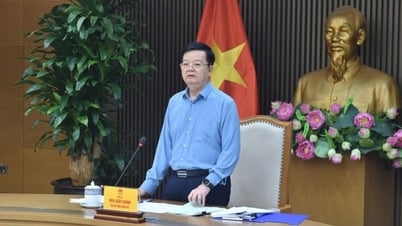

















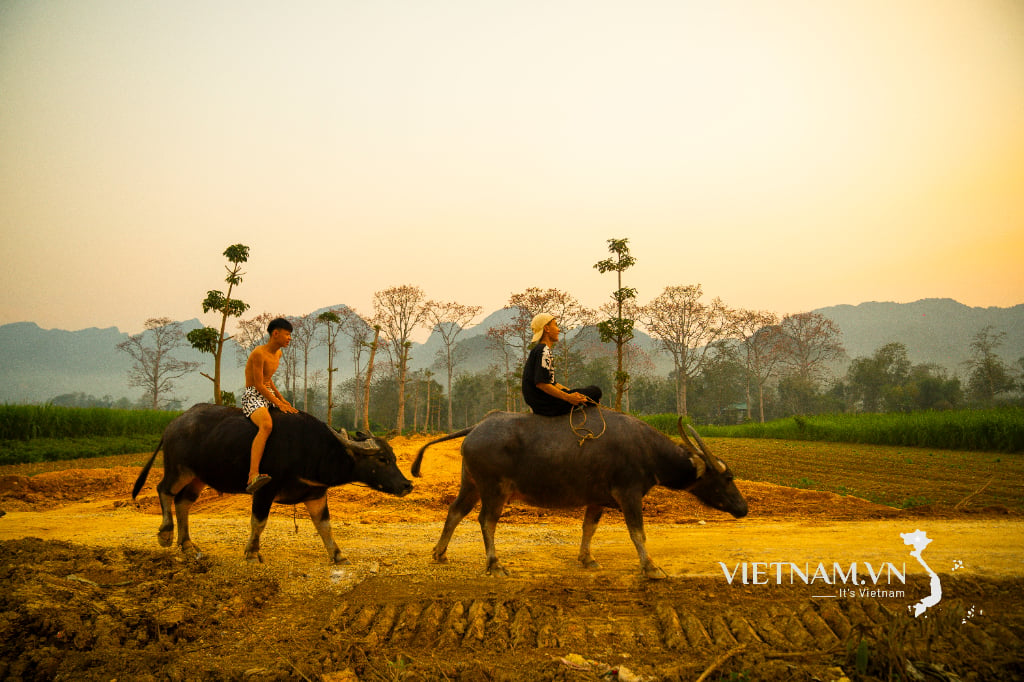
Comment (0)